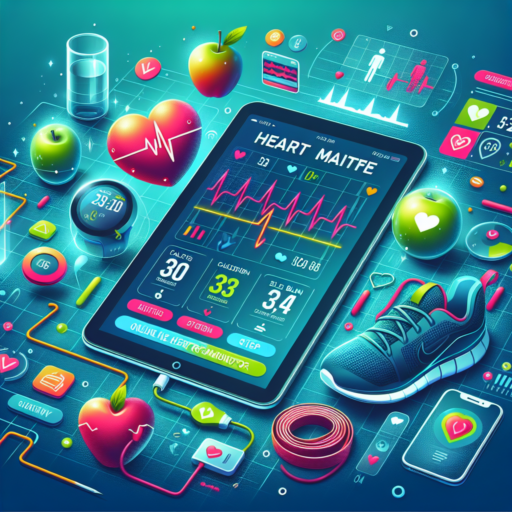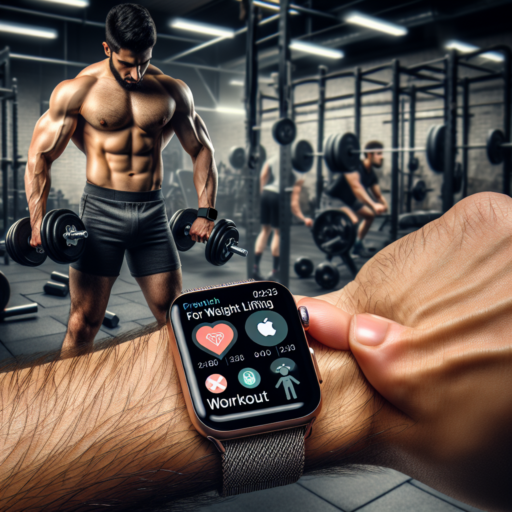How do I check my heart rate online?
Checking your heart rate online has become increasingly straightforward thanks to a variety of digital tools and applications designed for this specific purpose. Whether you’re keeping track of your cardiovascular health, monitoring your fitness progress, or simply curious, understanding how to effectively utilize these options can make the process both easy and accurate.
Utilizing Smartphone Apps
Smartphone applications are perhaps the most direct method for checking your heart rate online. Many apps use your phone’s built-in camera and flashlight to measure your pulse. Simply placing your fingertip over the camera lens allows the app to detect color changes in your blood when your heart beats, providing an instant heart rate reading. Remember to ensure the app you choose is reliable and has positive user reviews for accuracy.
Wearable Technology
Wearable devices such as fitness trackers and smartwatches are another great online tool for monitoring your heart rate. These devices continuously measure your pulse throughout the day, offering insights into your heart rate during various activities. By syncing these devices with their respective smartphone apps, you can access detailed reports and historical data regarding your heart health.
Accuracy Matters: It’s essential to note that while online methods for checking your heart rate provide convenience and immediacy, they may not always be as accurate as medical-grade devices. For health concerns or detailed heart rate monitoring, consulting with a healthcare professional is always recommended. Nonetheless, for day-to-day tracking and gaining a general understanding of your heart’s condition, these online solutions offer a good starting point.
Can you use your phone as a heart rate monitor?
In today’s digital era, smartphones have become an integral tool for managing our daily lives, including our health and fitness routines. The question of whether you can use your phone as a heart rate monitor is a topic of interest for many health-conscious individuals. Fortunately, with advancements in technology, the answer is a resounding yes. Smartphones, coupled with certain apps and built-in sensors, are capable of monitoring your heart rate, providing valuable insights into your overall cardiovascular health.
Most modern smartphones come equipped with LED sensors that, when used in conjunction with specific health or fitness apps, can measure your heart rate. These apps typically require you to place your finger over the camera lens and flash, where the LED sensors can detect blood flow changes in your fingertip to calculate your heart rate. This method, while not as accurate as traditional heart rate monitors or medical devices, offers a convenient and easy way to keep an eye on your heart rate trends over time.
Furthermore, there are numerous apps available for both Android and iOS platforms designed specifically for heart rate monitoring. These apps vary in terms of functionality, with some providing basic heart rate readings, while others include features such as heart rate variability, stress level assessments, and fitness tracking. For individuals looking to delve deeper into their health metrics, investing in a dedicated app might be worth considering. It’s important to research and choose an app that meets your specific health and fitness goals, as well as to consult with a healthcare professional when interpreting these metrics.
How can I check my heart rate without a device?
Checking your heart rate without a device is simpler than many might think, and it’s a useful skill to have for monitoring your cardiovascular health. By understanding and applying the right techniques, you can accurately measure your pulse using just your fingers and a clock. This method can be especially handy in situations where you don’t have access to a heart rate monitor or a smartwatch.
Finding Your Pulse
To start, you need to locate your pulse. The two easiest places to find your pulse are on your wrist and your neck. On the wrist, lightly press the index and middle fingers of one hand onto the opposite wrist, slightly below the base of the thumb. On the neck, gently press the same two fingers on the side of the windpipe. In both cases, avoid using your thumb as it has its own pulse that might lead to an inaccurate reading.
Counting Your Heartbeats
Once you’ve found your pulse, count the number of beats in 15 seconds and then multiply by four to get your heart rate in beats per minute (BPM). Ensure to count the first beat as zero. This calculation gives you a snapshot of your resting heart rate, which can be an indicator of your overall heart health. Individuals without medical training can perform this technique easily, making it a quick and no-cost way to monitor your cardiovascular wellness.
Is there a free heart rate monitor?
When exploring the tools available for monitoring heart rate, the inquiry about cost-effective solutions is quite common. In the digitized health and fitness ecosystem, the presence of free heart rate monitors is a topic of wide interest. These tools, whether apps or basic devices, offer users a preliminary insight into their cardiovascular health without a financial burden.
Various app developers and tech companies have identified the demand for accessible health monitoring tools, leading to the creation of free services. They often integrate basic heart rate monitoring features which can be accessed through smartphones or wearable tech with no additional cost. However, the accuracy and features might be limited compared to their premium counterparts.
Among the plethora of options, selecting a heart rate monitor that aligns with one’s health goals and technology preference is crucial. It’s essential to explore and compare these free solutions to determine their efficacy and reliability in capturing heart rate data.










